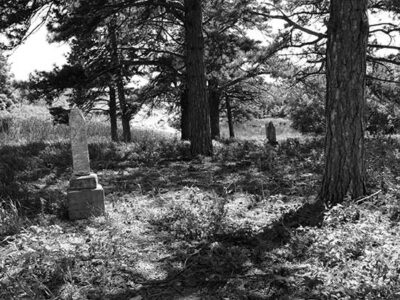During my first year as a documentary producer, my brother went to Africa as an aid worker, packing a video camera to cover the civil war in Sudan. I volunteered to construct a documentary from his footage, partly out of love for my brother and partly to assuage my guilt for engaging in a consumer-driven industry often at odds with the values we learned from our Christian hippie parents. My brother sent tapes and I spent many late-night hours trying to condense a complicated civil war into 30 minutes.
The color correction process was directed by a colleague who loved hard rock. I checked on his progress one night and found him jamming out to Led Zeppelin while images of people in crisis flashed across the screen. “Take a look,” he said, pointing to an aerial image of Sudan’s dusty savanna. Adjusting the color saturation to green, he asked, “Would you like it to look lush and fertile, or,” changing it to harsh brown, “dry and desiccated?”
That moment was a turning point for me. I realized that humanitarian subject matter didn’t make a film immune to manipulation. Every image was persuasive text. Every creative decision was an ethical judgment. Every opportunity to move viewers was also a chance to manipulate them. With a powerful medium in my hands, I was playing with portrayal and perception–the portrayal of war victims whose complicated story ended up in my hands, and the perception of the viewers who had no idea what went on behind the wizard’s curtain of documentary production.
I committed then to studying the medium. I read media studies literature, continued work on the Sudan documentary, and wrestled with the ethics of filmmaking. Two basic categories of analysis emerged.
First, juxtaposition and decontextualization. Russian filmmaker Sergei Eisenstein defined the idea of “dialectical montage” in film editing. He composed his theory in part using the Kuleshov Experiment in which the same image–an actor’s face with unchanged expression–was shown in juxtaposition with other images. When the face appeared next to an image of food, the test audience said that it was expressing hunger. When the same face was shown next to the image of a woman in a coffin, the audience interpreted the facial expression as grief. Eisenstein concluded that two unrelated images put together in collision create a new, third “idea.” Placing shots in a new context is part of what makes editing a creative process, and a potentially misleading one.
In the Sudan piece, I cut together an image of a girl hiding behind a tree, crying, with an image of gun-carrying soldiers. When they are combined, these images give an impression of human vulnerability in the face of war.
Did those scenes occur in the same spatio-temporal zone? No. Was I creating a false impression? Yes–but for the purpose of evoking emotion about the effects of war. Did I breach ethical bounds? The answer to that question is part of the great ethical complexity of being a documentary filmmaker and a film viewer. As a critical viewer, you have to know how to step into and out of the constructed emotions of a film.
The second category of analysis is inclusion and exclusion. In his book Introduction to Documentary, author Bill Nichols analyzes the way in which documentaries convey information and seek to persuade an audience. Images make arguments. In the Sudan documentary, I made the argument that the North was oppressing the South. I excluded a statement from an interviewee sympathetic to the North (who said “child abduction [by Northern soldiers] is an unfounded myth”) while including a statement from an interviewee sympathetic to the South (who said “child abduction is going on”). I illustrated the statement with footage that gave the impression of slavery.
As a viewer, you can’t see inside the edit suite, but analyzing what might have ended up on the cutting room floor matters as much as analyzing what you see on screen. Viewers should ask: What has been included, and why? What has been excluded, and why? Who gets the final say? Does the director have a strong agenda? What argument is being made by the images?
Media theorist Marshal McLuhan famously said “the medium is the message.” The image-based medium offers a paradigm that operates largely on impression and emotion; its moving im-ages deliver not only raw data but also an entire experience that can shape our fundamental perspectives about life. Getting inside the gears is part of becoming active thinkers and critical viewers.
Excerpted from Geez (Fall 2009), a playful yet profound Canadian magazine that was honored for best spiritual coverage in the 2009 Utne Independent Press Awards.www.geezmagazine.org




